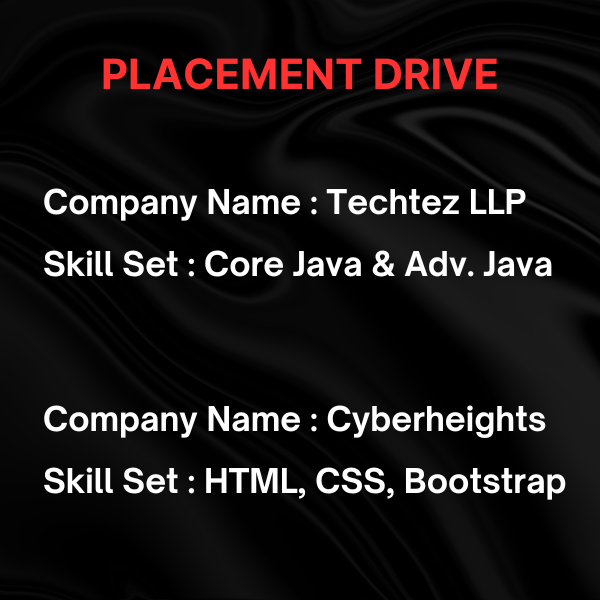Course Categories
Product Categories
Best C & Data Structures Training in Hyderabad
Best C & Data Structures Training
100% Job Oriented Training & Placement Assistance
5.0
5.0
4.6
C & Data Structures
C is a procedural programming language that is used to develop a wide variety of standalone applications, from operating systems to embedded systems. It is also a popular language for understanding programming fundamentals because it is relatively simple to learn and use.
Data structures are a way for organizing data in a computer so that it can be used effectively. Different types of data structures are available and each with its own pros and cons. Some of the most commonly used data structures include arrays, linked lists, stacks, queues, and trees.
C is a good language for understanding the implementation of data structures because it gives programmers a lot of control over how data is stored and managed. This makes it possible to create efficient and optimized data structures for specific applications.
Some of the examples of how data structures are used in C
- Arrays are used to store collections of data items of the same type. For example, an array could be used to store the names of employees in an organization.
- Linked lists are dynamic data structures used to store collections of data items that are not necessarily of the same type. For example, a linked list could be used to store the names of files in a directory.
- Stacks are used to store collections of data items that are accessed in a last-in-first-out (LIFO) order. For example, a stack could be used to store the function calls that have been made during the execution of a program.
- Queues are used to store collections of data items that are accessed in a first-in-first-out (FIFO) order. For example, a queue could be used to store the messages that are waiting to be processed by a computer system.
- Trees are used to store collections of data items that are organized in a hierarchical structure. For example, a tree could be used to store the file system hierarchy on a computer.
Data structures are an essential part of any programming. By understanding how to use data structures efficiently, we can write more efficient and reliable code.
C & Data Structures Course Includes
60 Hours of Training
120 Hours of Practice
Interview Related Preparation
Flexible Class Timings
Individual Doubts Clarification
Problem Solving
 Add-ons
Add-ons
Most of the IT Developers in the industry expect the following add-on skills. Hence, we offer these skills-set as FREE
Courses (Basics) to ease your learning process and help you stay ahead of the competition.
- Basics
- Ms-Dos
C & Data Strcutures Programming Course Curriculum
You will be exposed to the following content in C & DS
- Computer Introduction
- Packages & Languages
- Language History and Translators
- Operators & Data Types
- Program Structure
- Basic Programs
- Control Statements
- If conditions
- Switch…….case
- Control Structures
- While loop
- For loop
- Do….while loop
- Nested Loops
- Arrays
- Single Dimension
- Double Dimension
- Searching & Sorting Techniques
- Functions
- User Defined Functions
- Recursive Functions
- Strings
- Introduction
- String Handling Functions
- Pointers
- Introduction
- Call by Values and Call by Reference
- Pointers to Arrays
- Pointers to Functions
- Pointers to Strings
- Pointers to Structures
- Structures and Unions
- Basics, Arrays to Structures
- Built in Structures (Date, Time, ffblk)
- Unions
- Files
- Files Introduction
- Types of Files
- File Handling Functions
- Dynamic Memory Allocation
- Malloc
- Calloc
- Realloc
- Free
- Data Structures
- Linked List (Single, Double and Circular)
- Stacks (as an Array & As a Linked List)
- Queues (Normal, Circular, Dequeue)
- Trees (Binary Tree Implementation and Traversing)
- Storage Classes





